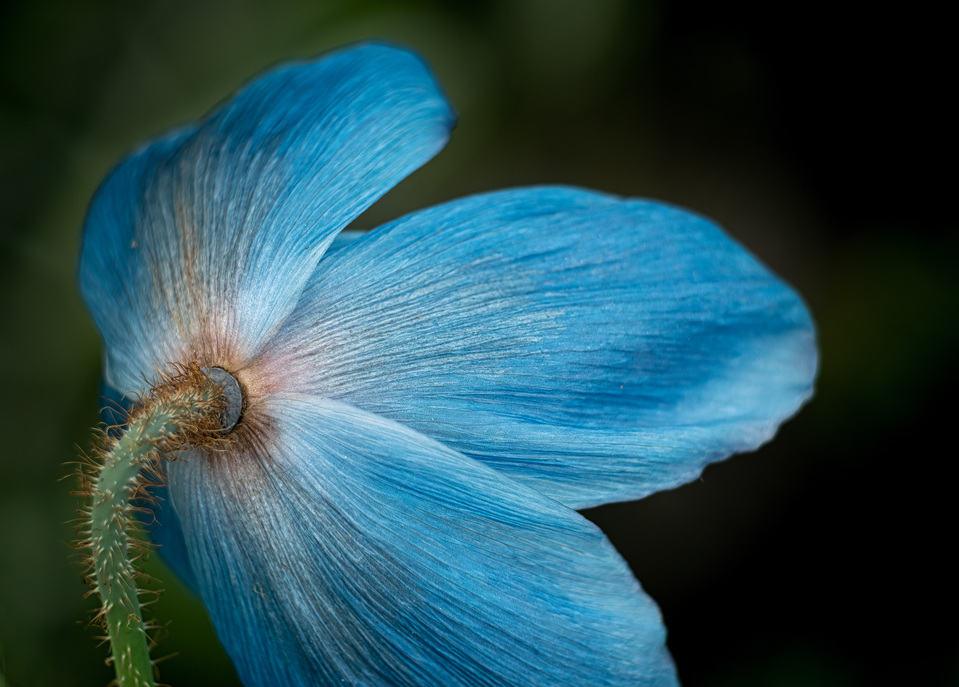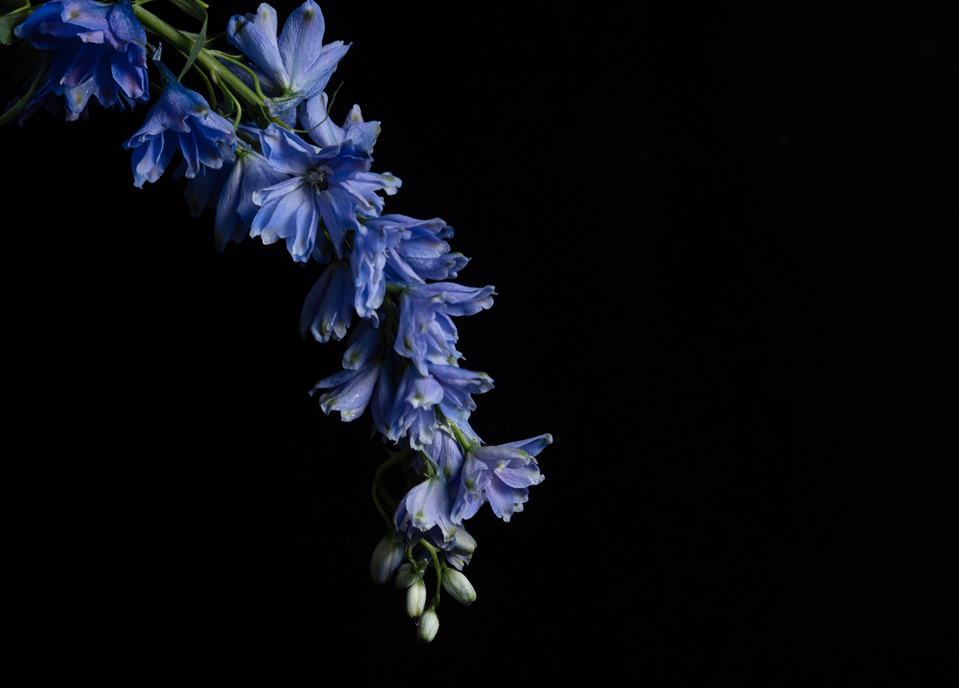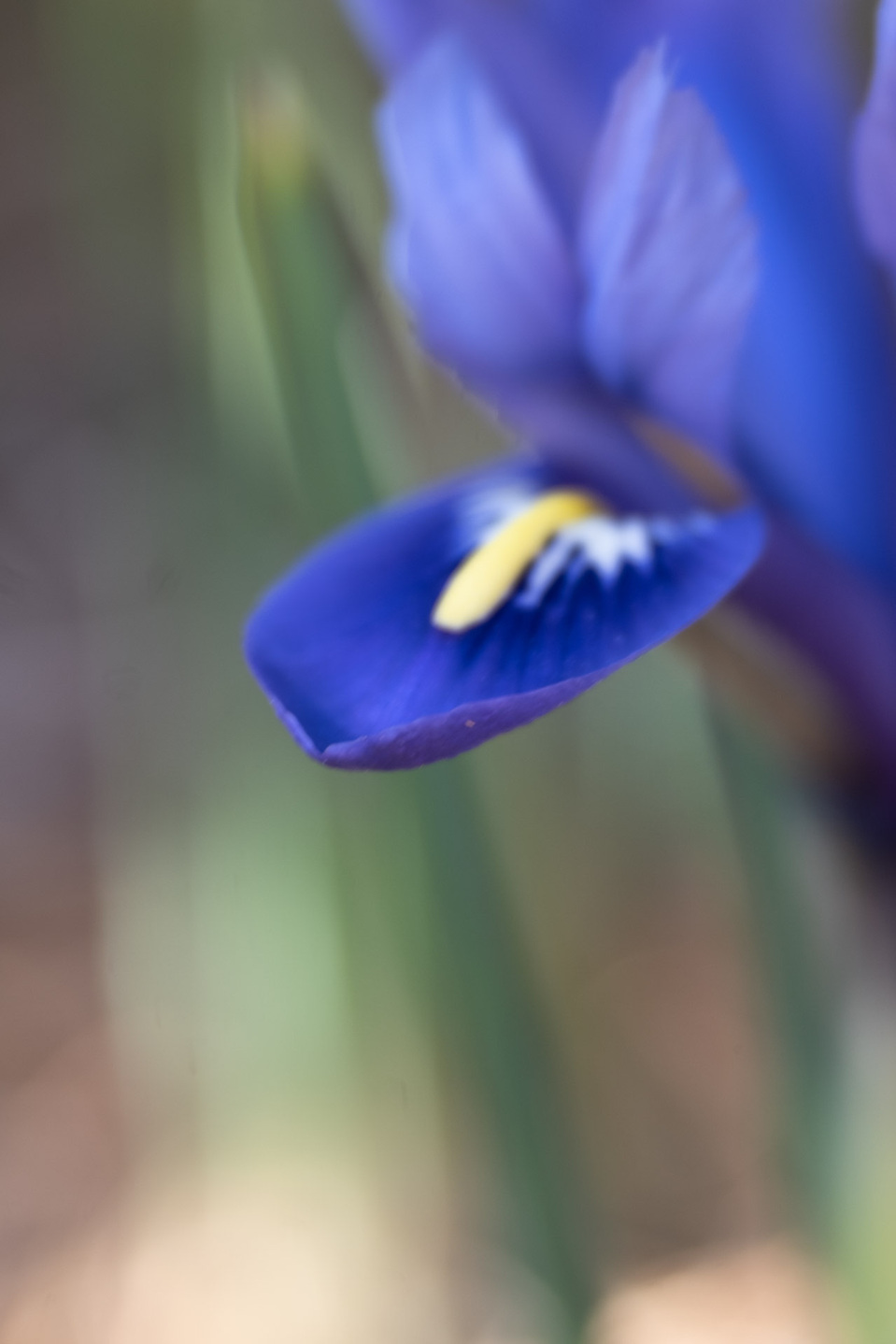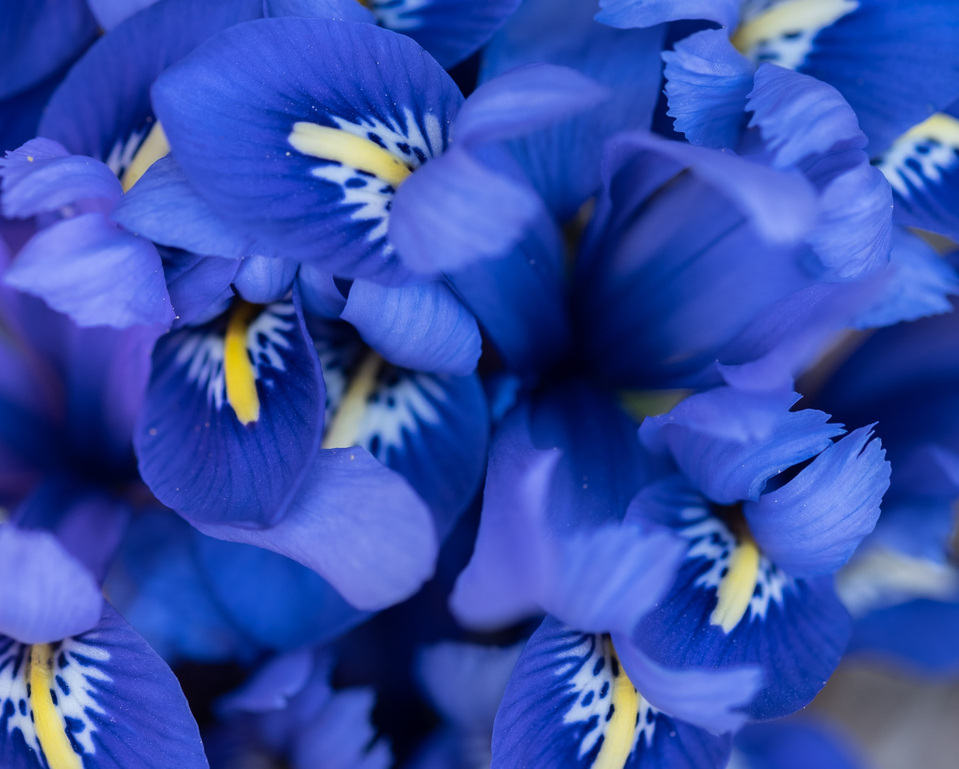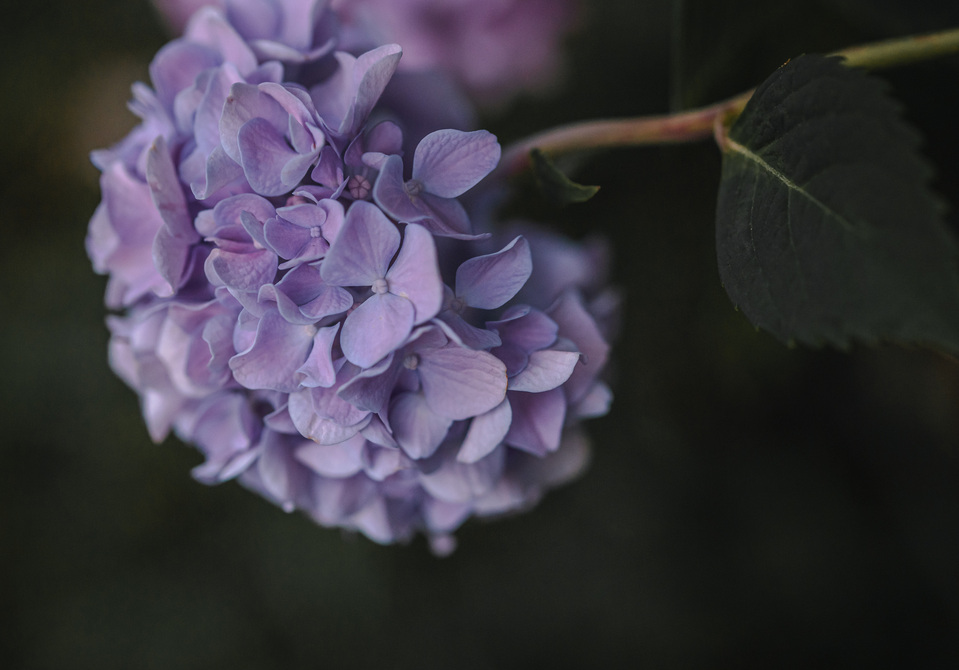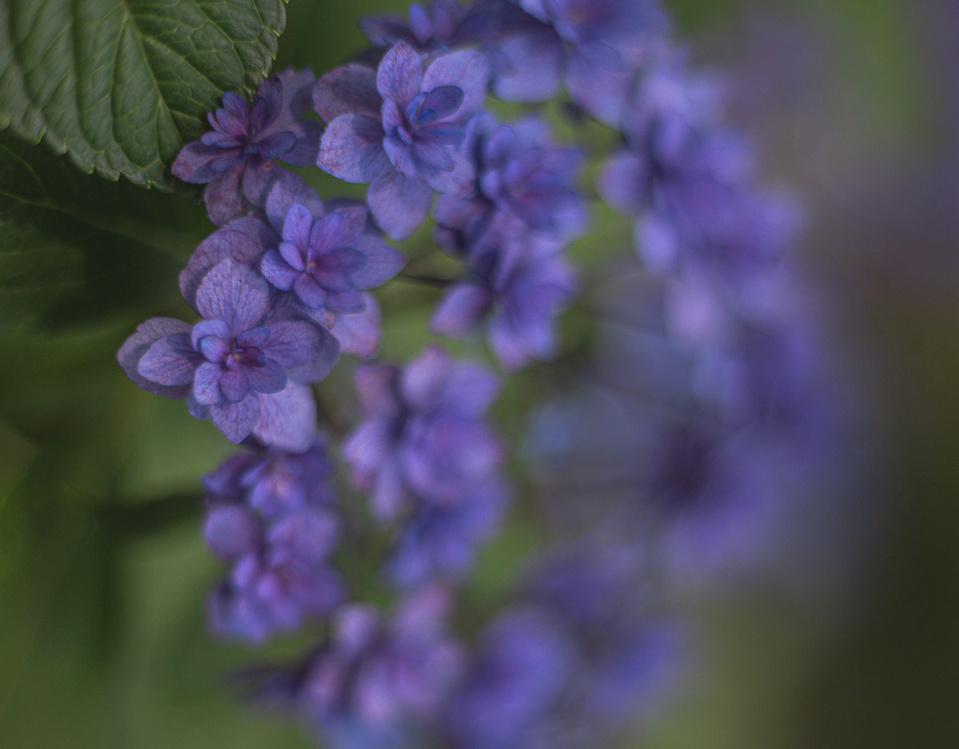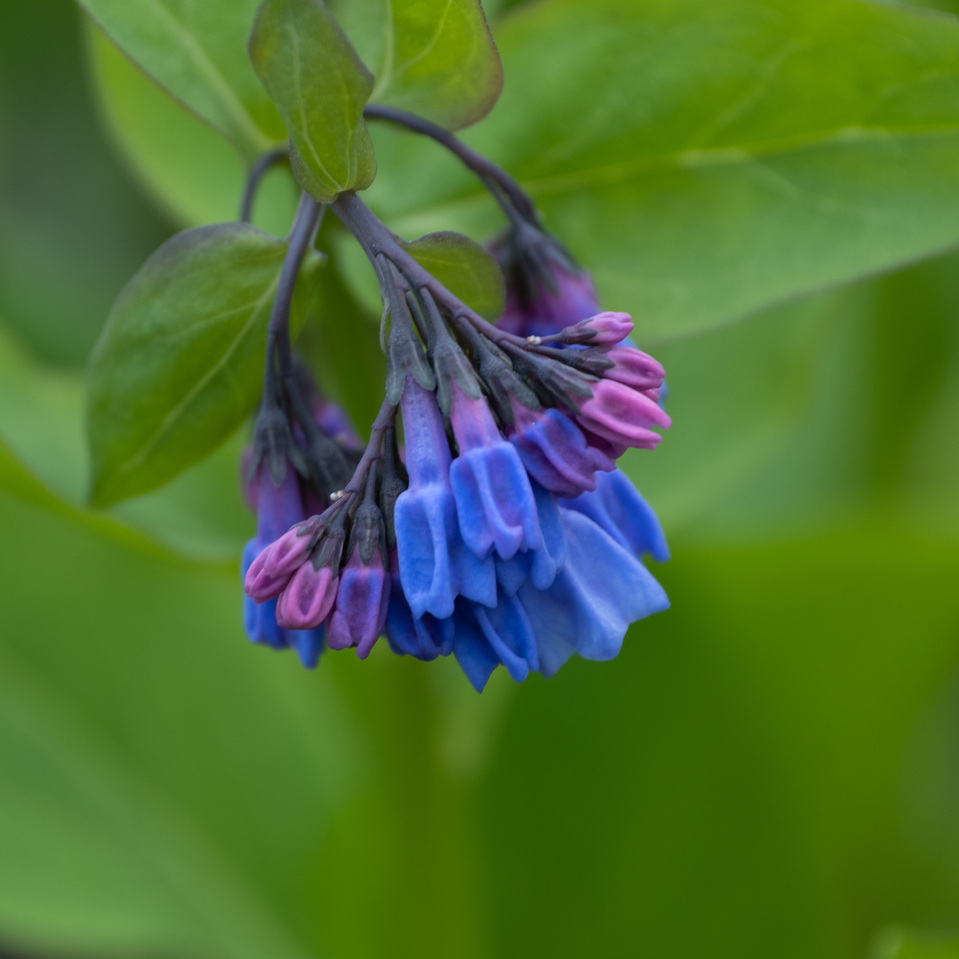Blue flowers make a rare splash of color in your garden!
April 11, 2021The color blue is a favorite for most people. It is calming and associated with depth, stability, and peace. While the color is in our sky and waters, it is only ten percent of the world’s flowering plants. There is very little if any blue pigment in the entire plant kingdom. Most colors that appear blue are variations of violet or purple. The closest flowers to have authentic blue pigment are the sea holly, Himalayan poppy, and some delphiniums. Studies have revealed that blue flowers evolved for enabling pollination. Bees are sensitive to blue and green wavelengths and have a preference for blue colors. Typically in a garden, the bees will be focused on the blue, purple-tinted flowers. The acidity of the soil also impacts plants color variations. You may be familiar with the hydrangea plant. Based on the soil it is planted in, it will bloom pink or blue. Add an acid fertilizer to ensure blue blooms.
The one plant that contains blue pigment is the rarest in the world, the Himalayan poppy. The plant is native to Tibet, where the soil’s weather conditions and acidity help protect these rare flowers. This plant thrives at 11,000 feet above sea level and withstands freezing conditions. Although this rare plant can live in extreme conditions, it is quite frail. Its seeds take about two to three years to bloom, and the plant flowers only once, after which it goes to seed and dies. Longwood Gardens in Pennsylvania forces these plants to bloom each March/April. They are a stunning spectacle.
While it is hard to plant or grow the blue poppy, there are many other options if you want to add the color blue to your garden. Consider a full blue garden bed or container filled with a mix of blue plants, or add some to your beds for a nice pop of color. Based on your soil PH your blooms may have more of a purple tint vs blue.
Delphinium is a wildflower that grows tall and blooms most of the summer. An excellent plant for cutting and adding to flower arrangements. There are varieties of colors and they are gorgeous all mixed together.
Love in a Mist is one of my favorites. It is a great bloomer and mixes with other plants nicely.
Irises come in many varieties, and you can get some that have a bluer tint combined with purple. The Siberian irises can be found blooming in early spring and look great mixed in perennial garden beds.
Hydrangeas are large shrub-like summer flowering plants. The PH of the soil will ensure you have a blue vs. pink bloom.
Forget me not is a lovely shade plant with sweet, tiny, blue blooms all over it in spring. Plant in a shade garden for early color.
Grape Hyacinth is a great spring bulb to mix with tulips, daffodils. They do spread rapidly, so consider where you plant them.
Bluebells are a wildflower that blooms for a short time in early spring. Buds begin pink and then transform into beautiful blue beauties. The bees defiantly like these native flowers.
Enjoy exploring the color blue in your garden and providing more sources for bees to pollinate.




